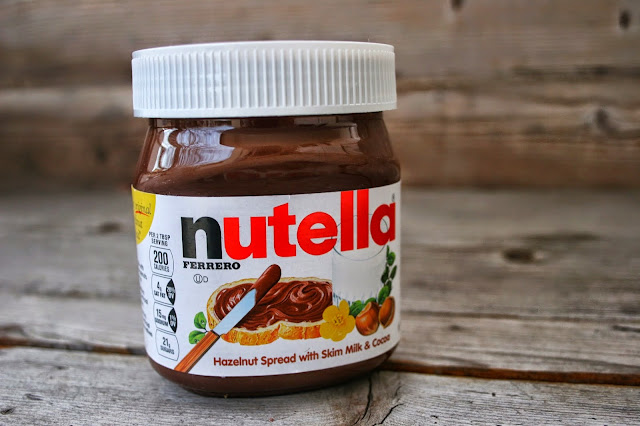It was a thrill and such an honor to be among the 265 contributors to The Oxford Companion to Sugar and Sweets-- a new resource compendium from Oxford University Press. Many of those involved are among my food writer heroines, not to mention Darra Goldstein (!) the founding editor of Gastronomica and a personal role model in how she's been successful in two seemingly disparate (but certainly connected) fields-- academia and food + cookbook writing.
While "pie" was already taken, I was assigned Oreos, Nutella, and cotton candy-- fun topics to research and write about. Perhaps the most interesting factoid I discovered is that Nutella was not necessarily invented for the kismet that is the chocolate-hazelnut combination, but out of reasons of economy-- a thriftiness dating back to the Napoleonic Wars when Napoleon issued Continental Blockade. That caused the price of chocolate to skyrocket, so Italian chocolatiers began pairing it with chopped hazelnuts, which were abundant in the area, to stretch the supply. A similar rationing occurred during WWII, when Pietro Ferrero turned to the combination. Originally called pasta gianduja after the classic Piedmontese carnival character, it was renamed Nutella in 1964.
As for Oreos, the mystery involving the name is of note-- Nabisco invented it, but even the company itself does not cite a definitive story. Some sources speculate it derives from the French word for gold, or-- plausible, as the cookie's name was printed in gold lettering on the original package. Others, somewhat less convincingly postulate Oreo comes from the Greek oros, meaning mountain, claiming that the original cookies were mound-shaped. Whatever the history, I will say it was fun to do some "research" in the grocery store cookie aisle, scouting new Oreo varieties-- Birthday Cake, Banana Split Crème, and the Limited Edition Ice Cream Rainbow Shure Bert! among them.
Cotton candy was somewhat new territory for me, as I wasn't allowed to have the stuff when I was a kid, so have no real reference point or nostalgic leanings for it. Nonetheless, it has a fascinating history dating back to the 16th century, when its precursor, spun sugar, was used as adornment for sweet meats as well as sculptural desserts. Ironically (or maybe not so, as overconsumption of any confection would surely bring in the patients), cotton candy as we know it today was invented by two dentists, one in Nashville, and another in New Orleans.
As a whole Sugar and Sweets is a magnificent tome, filling 900 pages of detailed reference material on all things sweet, from sugar addiction to Iranian zalabiya, sweetness from the perspective of animals (turns out cats sadly don't experience the taste of sweet), music, religion, and sexual innuendo, Kara Walker to Lemonheads. It's an indispensable resource for any baker, food writer, historian, or just someone with a sweet tooth. It's certainly going to be my first reference stop when investigating any baked goods from here on out.
Related recipes:
Grasshopper Pie
Nutella Icebox Pie
Speculoos Icebox Pie








No comments:
Post a Comment